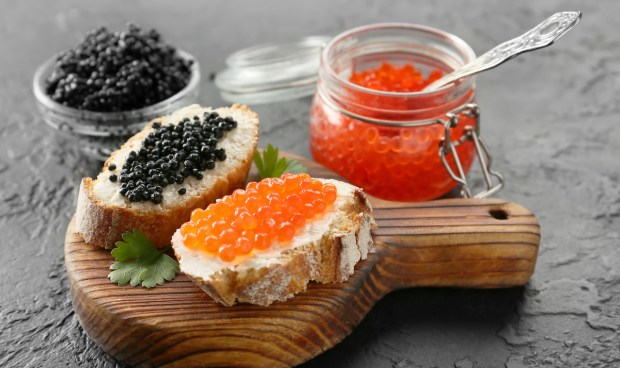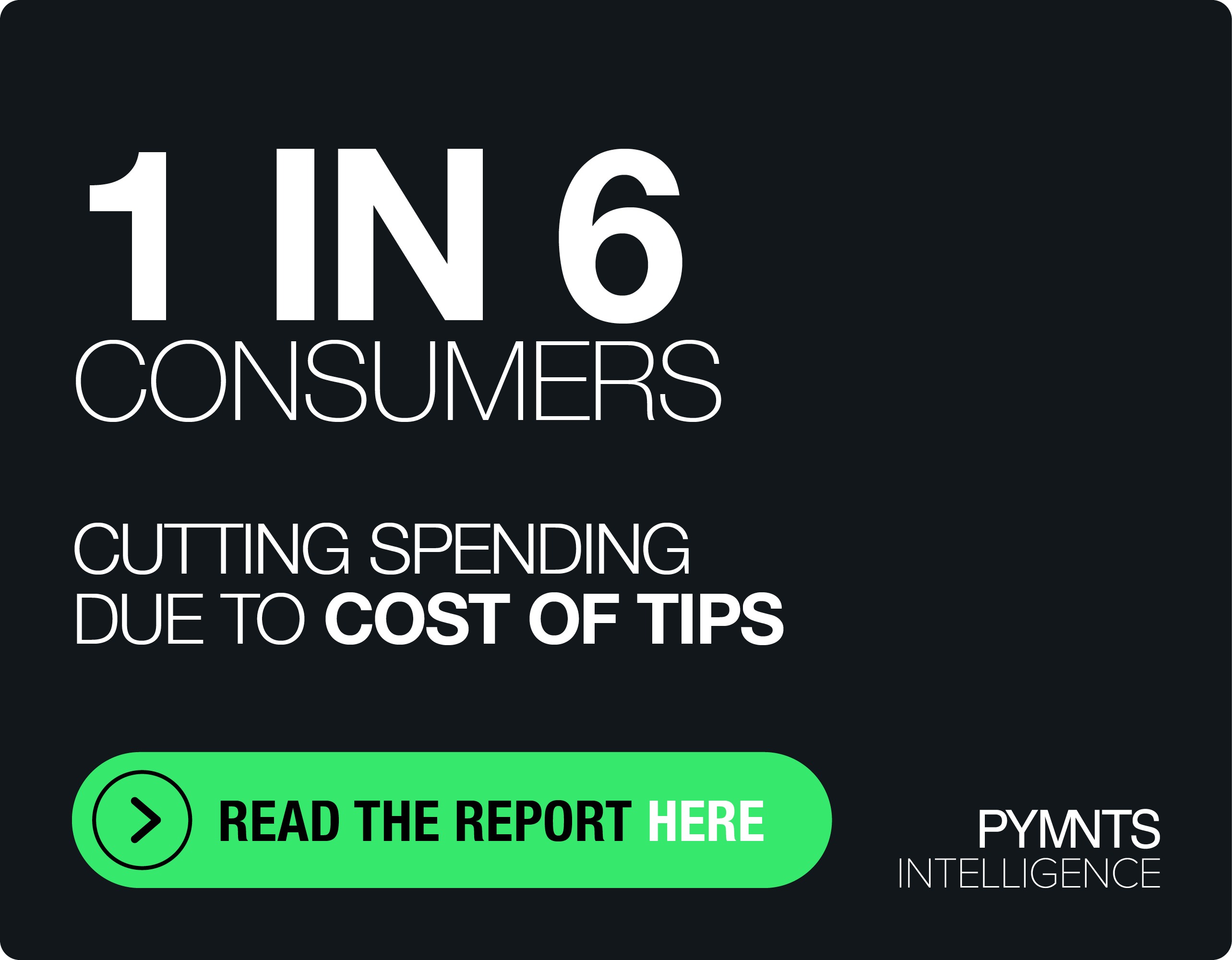How Caviar Became Everyone’s Catch of the Day

Caviar is now mainstream.
Once considered a luxury reserved for the elite, caviar exceeded $100 million in U.S. sales in 2022 and is expected to reach $465 million in 2023, according to market research firm Fact.MR.
The surge in popularity comes as many Americans are tightening their belts and seeking ways to save money on their grocery bills.
How Caviar Got Its Mainstream Appeal
The resurgence of caviar in popular culture is closely linked to the power of social media, which has introduced the high-end treat to a new generation of enthusiasts. One of the driving forces behind the trend is Danielle Zaslavsky, a social media influencer and food enthusiast.
Zaslavsky’s connection to caviar runs deep. She is the granddaughter of Mark Zaslavsky, one of the co-founders of Marky’s Caviar. Today, she is the Caviar Queen on TikTok, where she shares innovative ways to incorporate caviar into everyday snacks with her more than 650,000 followers.
Her approach often involves using unexpected and affordable ingredients, like “fitness bread,” to create caviar-based dishes. Her content has not only brought caviar into the lives of many who may have never considered it before but has also helped to demystify the food, making it more accessible to a broader audience.
Zaslavsky’s sway on her followers is intriguing especially when considering insights from the PYMNTS Intelligence study “Tracking the Digital Payments Takeover: Monetizing Social Media Edition,” developed in partnership with Amazon Web Services (AWS), which revealed that 1 in 3 individuals who made purchases through TikTok had acquired food and beverage items.
The study also found that many consumers seek inspiration from these platforms, even when they do not directly buy products through social media. Forty-three percent of consumers use social media as a means to discover new products and services.
Caviar in the Face of Inflation
Despite the challenges posed by inflation, consumers are still inclined to invest in “once-in-a-lifetime” experiences.
While inflation often drives individuals to prioritize essentials and make more thoughtful spending choices, it also fuels a desire to indulge and create unforgettable moments, as people seek to escape the economic uncertainties and pressures of the time — and caviar might be one of those ways.
According to PYMNTS, in August, Americans increased their spending by 5.8% compared to the previous year, driven by a surge in “experience” spending. The findings are supported by Delta Air Lines, which reported record revenue, and Ticketmaster, whose sales increased by nearly 18%.
While these “once-in-a-lifetime” experiences primarily revolve around travel, consumers may consider caviar as a rare indulgence that also fits the bill.
“It’s not a regret-filled, spur-of-the-moment decision,” Michael Liersch, head of advice at Wells Fargo, said earlier this month of experience spending. “It’s the opposite of that, where I would regret not having done it.”
Caviar — an Affordable Luxury?
While caviar is traditionally considered a symbol of opulence, it has become more accessible in recent years. Various price points cater to a broader range of consumers, and some caviar alternatives offer the luxury experience at a more affordable cost. This makes it an attractive choice for those looking to invest in a special experience without breaking the bank.
Fulton Fish Market, for example, provides Hackleback Caviar at a price of $37.99 for one ounce, while Marky’s offers Kaluga Caviar for $72 for the identical portion.
More Accessibility Than Before
Apart from the more accessible pricing, the pandemic accelerated the transition to online shopping and delivery services. As a result, restaurants and gourmet stores began incorporating caviar into their delivery and takeout options, simplifying access to this luxury delight for consumers, according to Modern Retail.
Some of these establishments have expanded their services to include overnight shipping, catering to potential customers located at a distance.
The growing interest in caviar among consumers has also prompted more accessible brands, such as Pringles, to enter the scene. In a prior edition of The Weekender, PYMNTS featured Pringles’ upscale endeavor with a $140 caviar kit.
The kit was made possible via a partnership between Pringles and The Caviar Company.
“Our partnership with The Caviar Company not only embraces the trending snacking behavior in an approachable manner but expertly curates our beloved crisp flavors with this seafood delicacy for a Pringles tasting experience unlike one you’ve ever had before,” Mauricio Jenkins, U.S. marketing lead for Pringles, said in a statement in September.

